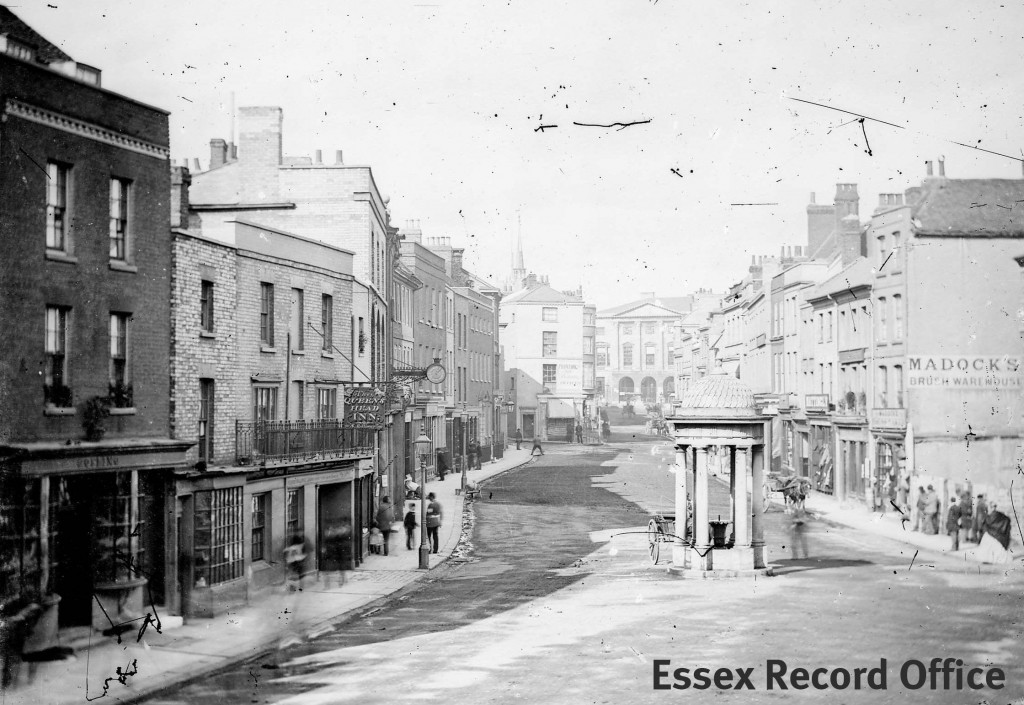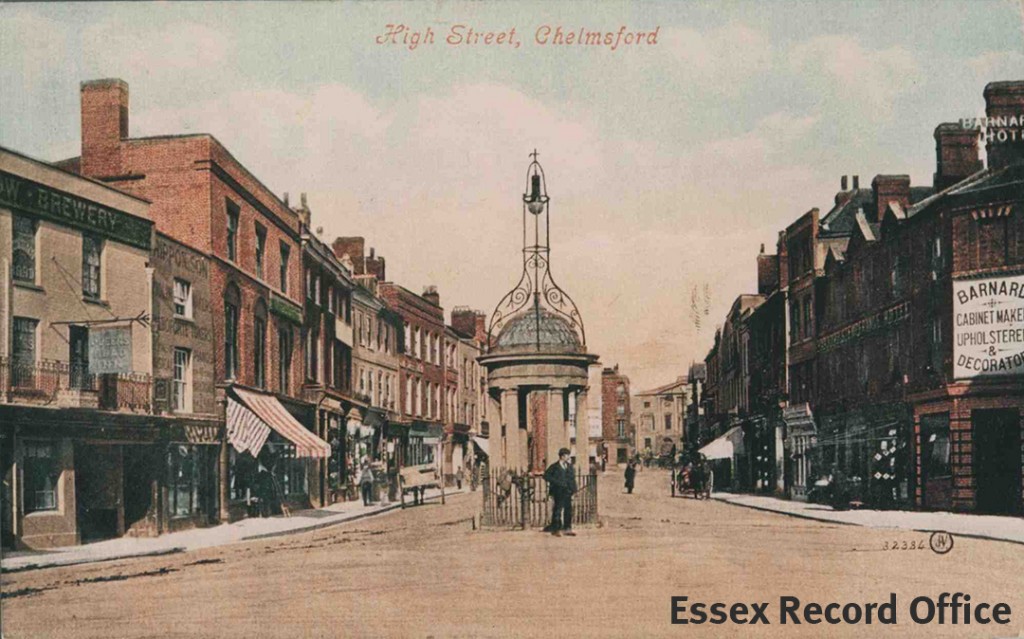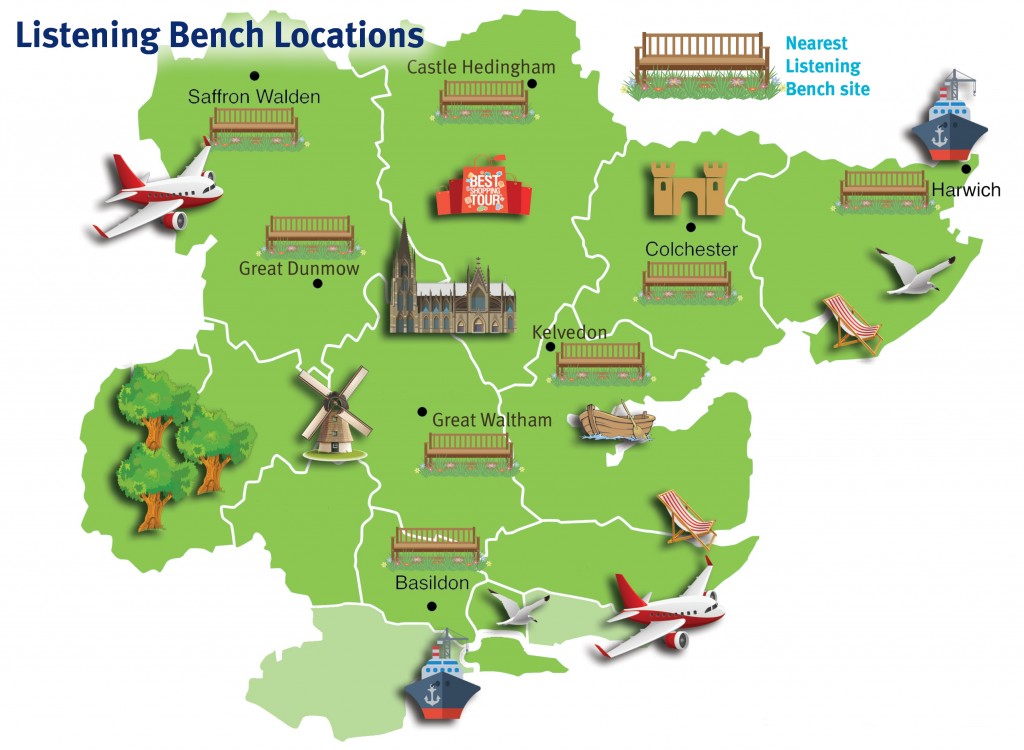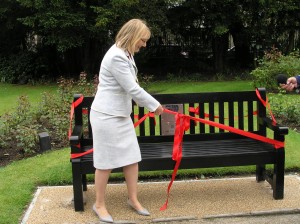Hannah Salisbury, Engagement and Events Manager
Recently, I was scouring the wonderful British Newspaper Archive and, as so often happens when one has such a treasure trove of stories to explore, I got sidetracked.
Searching for Essex soldiers who were killed at the Battle of the Somme, my search results included this small piece, titled ‘Romantic Essex War Wedding’ from the Chelmsford Chronicle on 16 February 1917:
A romantic wedding has just taken place at Epping, the contracting parties being Miss Clara Elizabeth Potter, late a cashier in a Bishop Stortford house of business, whose home is at Roydon, and Driver Chas. T. Kydd, R.F.A., of Belfast. The bride-groom joined Kitchener’s Army and went to France in June, 1915. He became friendly with a Roydon soldier, and together they fought side by side at Loos, Armentieres, and on the Somme. Miss Potter, as a Roydon girl, commenced sending parcels to the Roydon soldier, which he shared with his Belfast friend. Driver Kydd wrote a letter of thanks, and a correspondence was started, with the result that, although they had never seen each other, a marriage was arranged to take place as soon as the soldier got his first home leave. This has just happened, and Miss Potter met her unseen fiancé at Liverpool Street station, and the banns having been already published, they were married two days later. The little village romance has aroused much interest in the Roydon district, where the bride and her people are well known.
I would argue that it is impossible to read something like that and not want to know more.
Nothing further was to be had from the newspapers, so I headed to Freebmd.org.uk to find the marriage, thinking it would be easy to find. On entering the names ‘Charles Kydd’ and ‘Clara Potter’ getting married in 1917, however, the site drew a blank. No results. Perhaps the story was a myth or a misunderstanding after all, and an expectant Clara never waited for Charles at Liverpool Street station, full of anxious excitement.
Knowing, however, that often records are not as straightforward as they should in theory be I was undeterred, and tried various searches until I found a potential match – a Charles T. Kydd marrying a Clara E. Benham in Epping in 1917. Everything was right except for the bride’s last name.
A bit more digging on Ancestry.com later, and I had an explanation. Clara was born in 1884, and her mother, Rosa Elizabeth Benham, was unmarried. In 1888 Rosa married Jonathan Potter, and from that point Clara appears in some records as Potter and others as Benham. Another lesson, so frequently learned in genealogy, that names are not always as straightforward as we might imagine.
In the last census before her marriage, in 1911, Clara was boarding at a house in Bishop’s Stortford, and working as a book-keeper at a butchers, which fits well with the description of her in the newspaper article.
Having untangled the essentials of Clara’s story, it was time to tackle Charles’s. By a stroke of good fortune, his army service record has survived, although it is one of the shorter ones. Charles Thomas Kydd was born in Belfast in about 1884. He joined the Royal Field Artillery in late August 1914, aged 28. His attestation papers describe him as being 5’5” tall, with a dark complexion, blue eyes, and dark brown hair. He had been working previously as a labourer. His next of kin was his brother, Sgt James Kydd, of the Royal Irish Constabulary in Longford. He was sent to France on 1 June 1915. He spent a few spells in hospital during his military service, the last of which was in April-May 1918 after being gassed. He was awarded the three First World War service medals, the 1915 Star, Victory Medal and British War Medal, known as ‘Pip, Squeak and Wilfred’.
Charles and Clara moved to London after the war. Electoral registers tell us that in 1924 they were living in Camberwell, and between 1927 and 1930 they were in Norwood, Lambeth. A potential death record for Clara would mean that she died in 1943, aged 59, but after that the trail goes cold.
It has been satisfying to uncover this much of their story so far, but I am still left with unanswered questions – the kind of questions that civil registration and census records can’t answer. What did Charles and Clara think of each other when they met for the first time, two days before their wedding? Was their marriage a happy one? What was Charles’s experience of the First World War like? Do their love letters survive somewhere?
Are there any relatives or friends out there who knew Clara and Charles who are able to fill in any of the blanks left by the official record? If so, I’d love to hear from you – do please leave a comment below or e-mail us on ero.enquiry@essex.gov.uk
If you have a story of your own that you would like to trace, we have a guide on family history and one on researching First World War servicemen. You can use the British Newspaper Archive and Ancestry.com for free in the ERO Searchroom or at your local Essex library.













